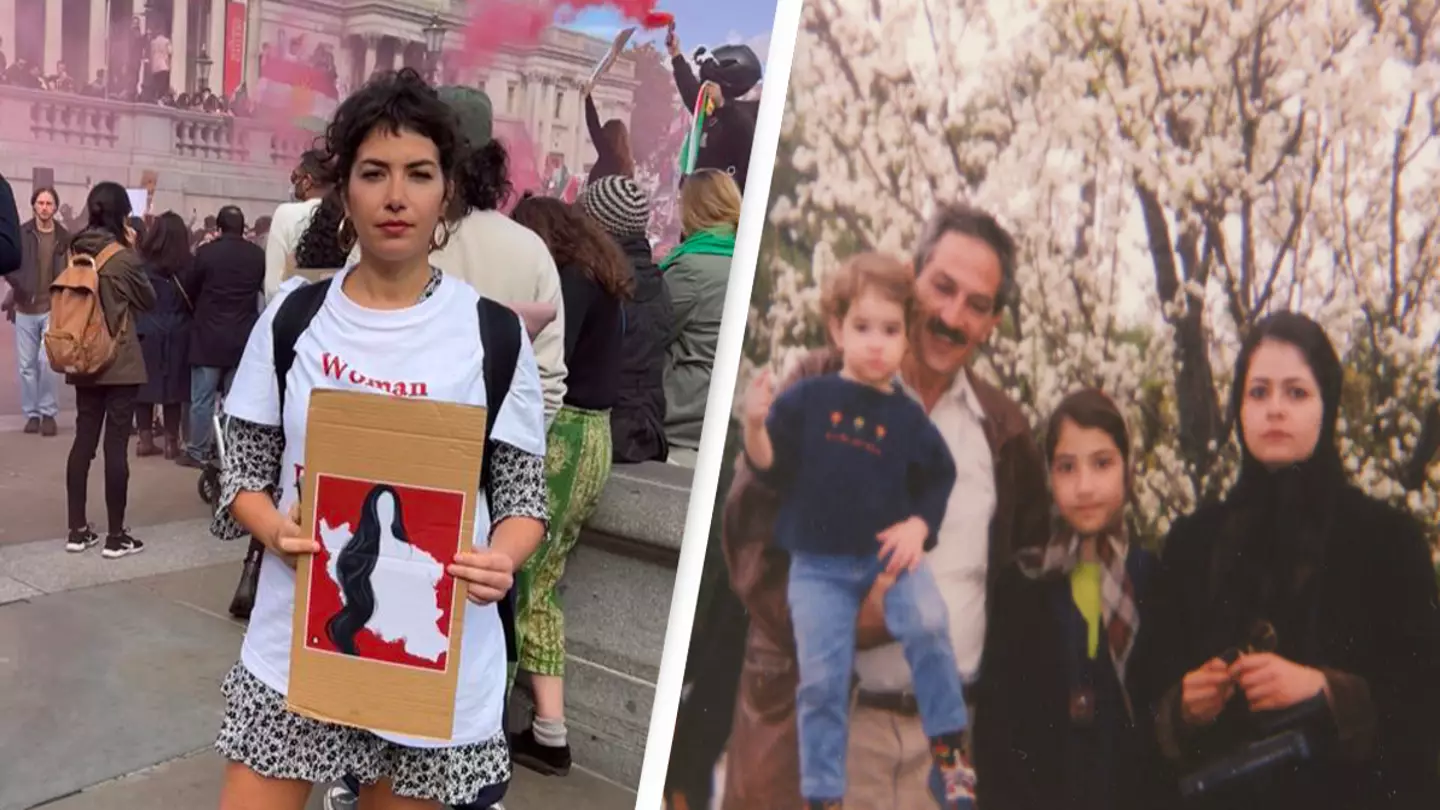
It’s the mid-1990s, and past my bedtime. I sneak out of my bedroom and peer into the living room. Upbeat music is playing quietly.
My mum, in her short dress, dancing with my dad and a few others who I call uncles and aunties. They’re laughing and talking in hushed voices and our windows are completely covered by blankets.
I don’t realise it at the time, but the ‘unforgivable’ crimes they’re committing behind our firmly closed doors – drinking alcohol, listening to music, partying – would, if uncovered, mean the end of our happy family as we know it.
Advert
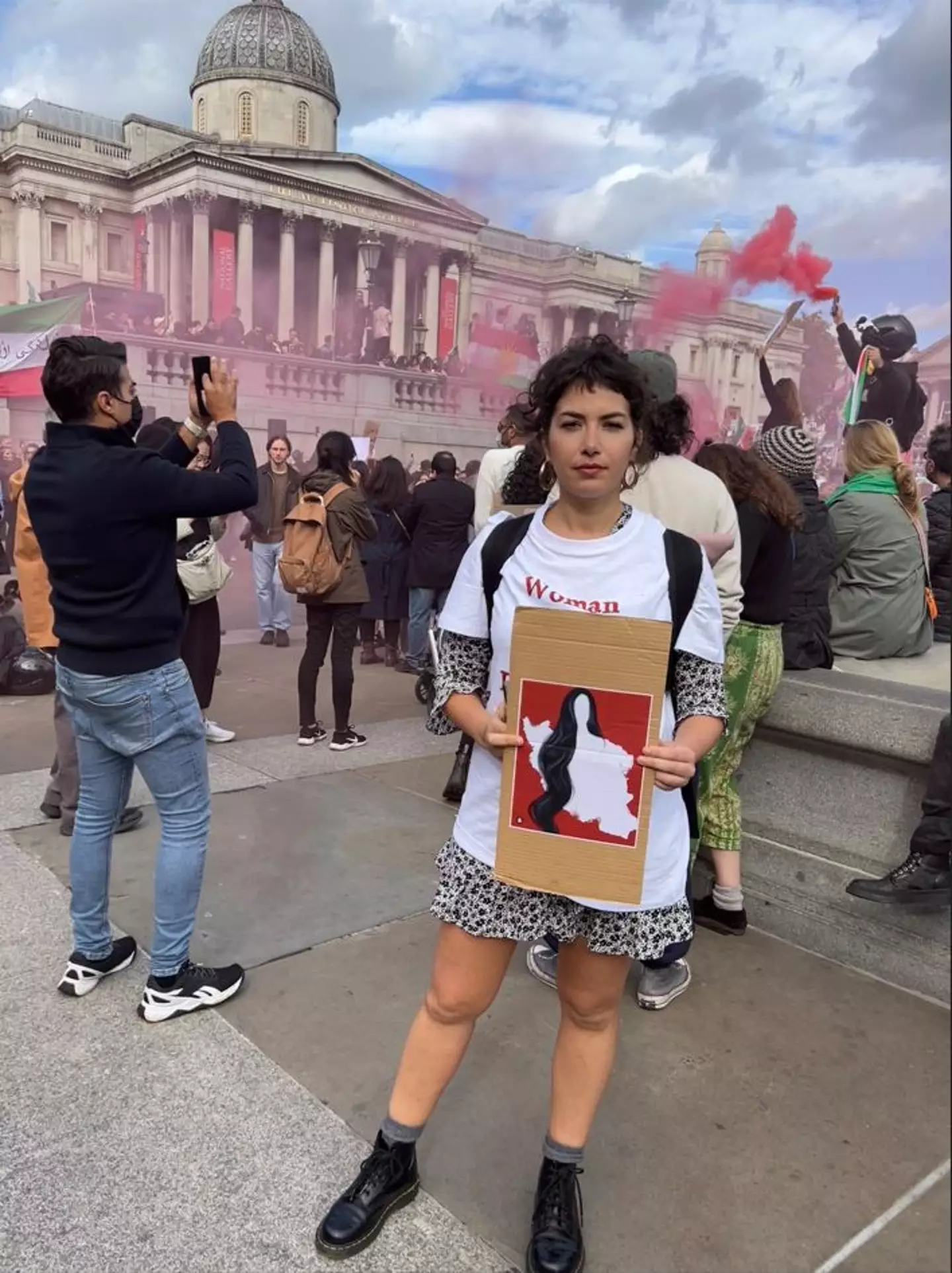
The next morning, things are back to normal; the windows are no longer covered; the cassette tapes are tucked away in a safe hiding place. All traces of last night have disappeared, including my mother’s make-up and her smile. Her thick curly hair is covered by a black scarf and her body is under a long and loose-fitting gown.
She knows that making herself invisible is the best protection from Iran's so-called ‘morality police’, the looming big-brother figure with eyes and ears everywhere, tasked with making sure that the state’s interpretation of Islamic law is being reinforced.

Advert
Stepping into the street is like entering a battlefield. She also knows that if she makes a mistake, if her make-up is left on, or she leaves her hair on show too much, there will be consequences. Beatings, arrest, even death.
Fast forward 30 years and little has changed. On 13 September, 22-year-old Mahsa Amini stepped out of a metro station in the capital, Tehran. She was arrested by the ‘morality police’ because, in their opinion, she was showing more hair than they deemed acceptable. Just like countless other women over the years, Mahsa was driven off in a patrol van and sent off for ‘re-education’.
Three days later, she died in police custody.
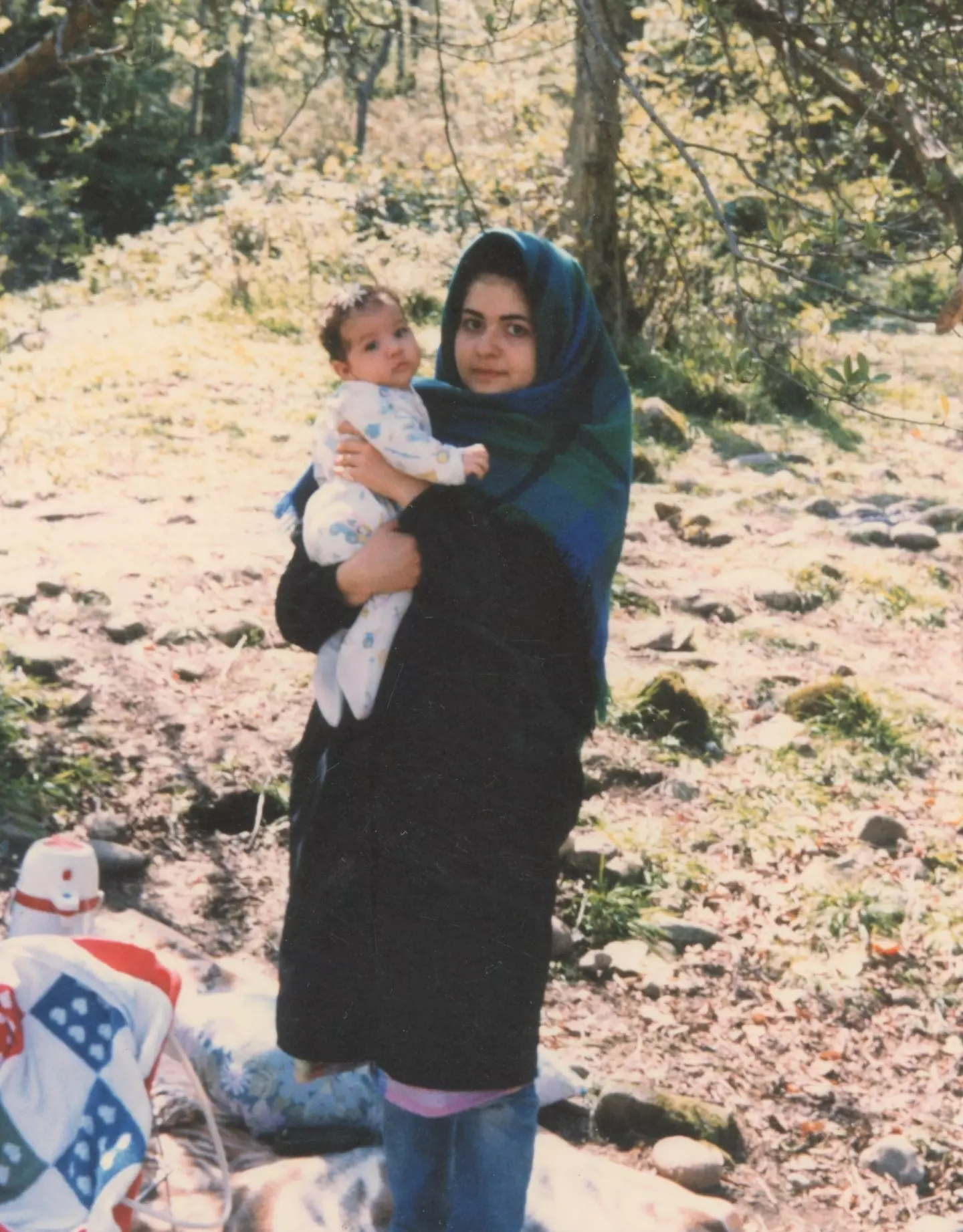
Advert
The authorities maintain that she died from ‘sudden heart failure,’ and deny any mistreatment. Mahsa’s family and rights activists, however, insist it was the beatings administered by the police that killed the healthy young woman.
Mahsa’s death became the spark that ignited the current anti-regime protests that have spread to the four corners of Iran, and beyond. In the same way that George Floyd became a symbol of the Black Lives Matter movement, Mahsa Amini has now become the symbol of the fight against injustice and oppression in Iran; a fight which is being led by young women.
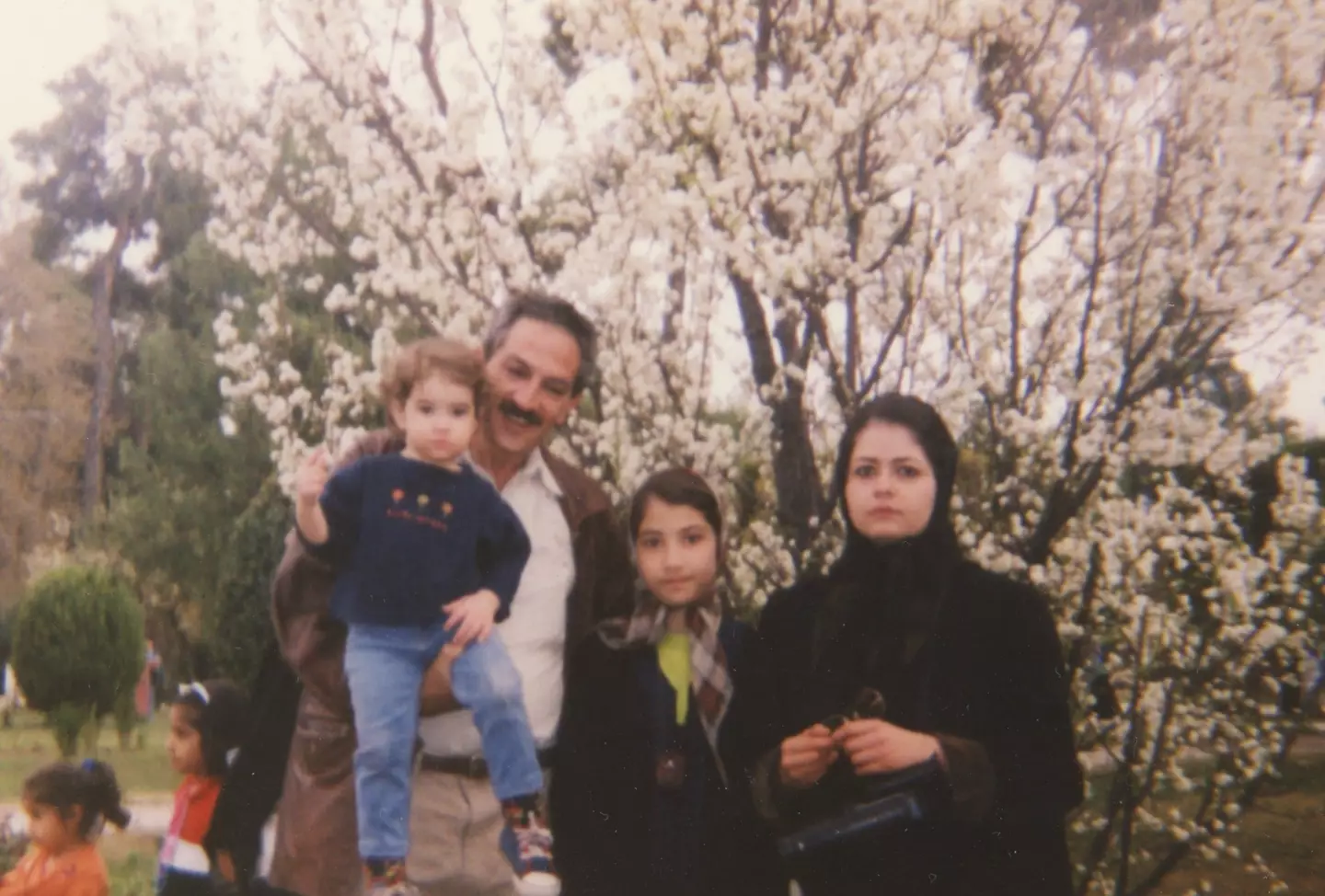
Social media is awash with photos and videos of women in Iran daring to defy the strict morality laws. They are publicly taking off their hijab, some burning them in bonfires, whilst singing ‘woman, life, freedom,’ and ‘death to the dictator’ at the top of their lungs.
Advert
Slogans have spread across the world, as the Iranian diaspora have also taken to the streets; from Istanbul and Copenhagen, all the way to the UK and the US. For the first time, even high-profile Iranian celebrities, including actors and athletes, are speaking out in support of the movement, emboldening by the passion of the protestors.
These acts of extraordinary bravery pose a serious challenge for the authorities because they are targeting the very foundation of the Islamic Republic. Unsurprisingly, as they’ve done before, the government’s response has been ruthless, and deadly. Journalists, celebrities, artists, activists and normal citizens are being attacked, arrested, and killed.
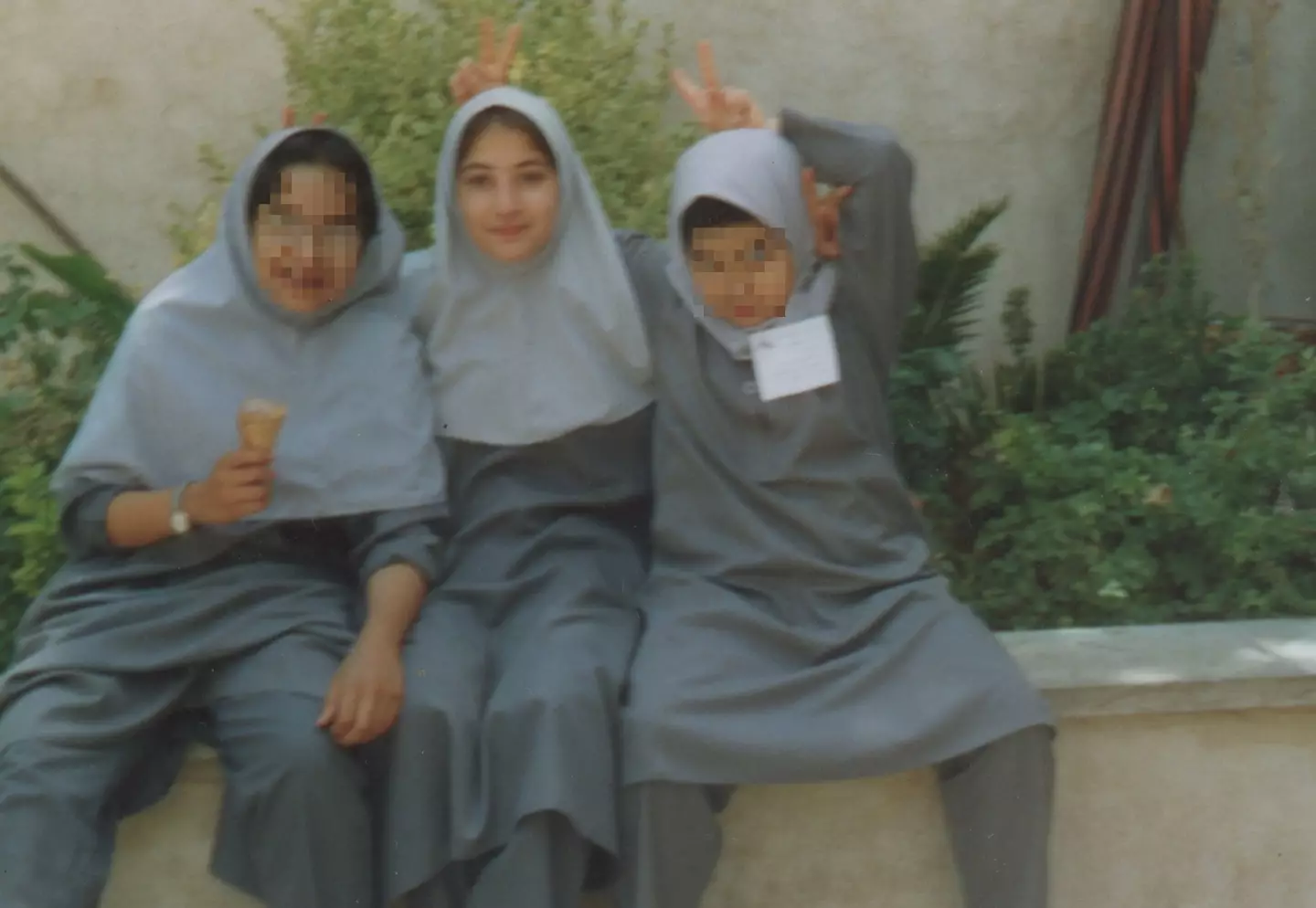
But the fights go on. Iranians are angered by corruption, an economy battered by international sanctions and an oppressive regime.
Advert
The fact that what happened to Mahsa Amini was not unique, that her case was not an isolated one, is the reason it has resonated with so many Iranians, especially with women. Mahsa’s fate encapsulates what they have been enduring for decades.
In Iran, women are second-class citizens. They have almost no rights when it comes to divorce, custody of children, and even travel. They also have no legal protection against domestic violence and sexual harassment, whilst also being banned from singing in public, having sex outside of marriage, or showing more than their face and hands in public.
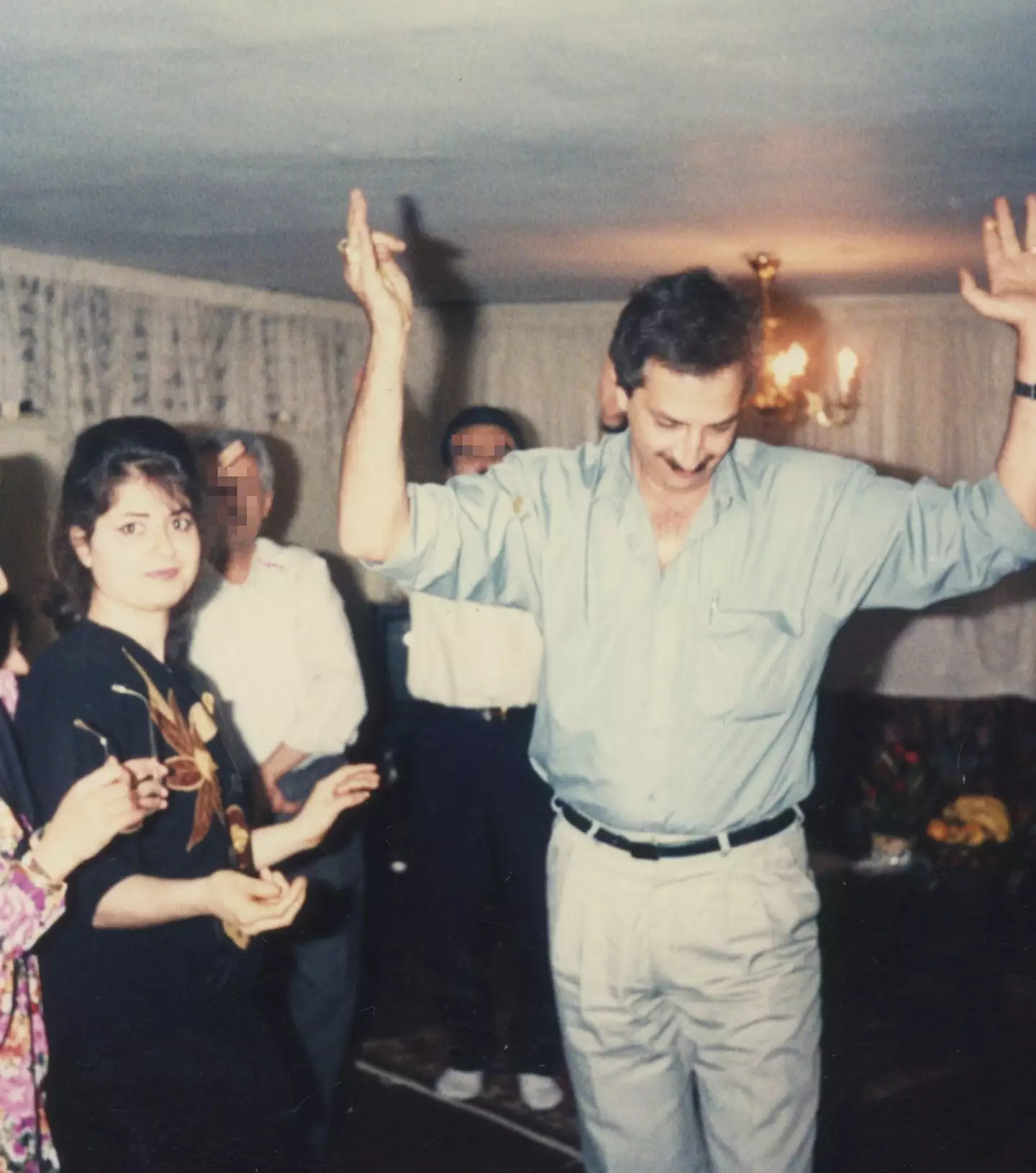
Things weren’t always like this. Only four decades ago, women in Iran enjoyed many freedoms, including what they chose to wear; be it a veil or a mini skirt. But soon after the revolution in 1979, the new Islamic regime imposed new restrictions, including the compulsory hijab for any woman over the age of nine. Hard-liners claimed that it would protect women’s 'honour'. But for many protestors, it’s become a symbol of oppression.
I left Iran at the age of 12, along with my mother and baby sister, escaping my father’s persecution due to his anti-government political activities. But even from those few years, I have many disturbing memories of my own. Looking back, it’s no wonder that every time I was asked the question, “What do you want to be when you grow up?” my answer was always the same: “A man.”
This was years before my 14-year-old cousin, whose hair was poking out of her headscarf, had her ponytail chopped off on the streets by the morality police. Or when aged 10, I almost drowned in the Caspian Sea, because I was weighed down by the jeans and the full hijab I was forced to wear, even when swimming.
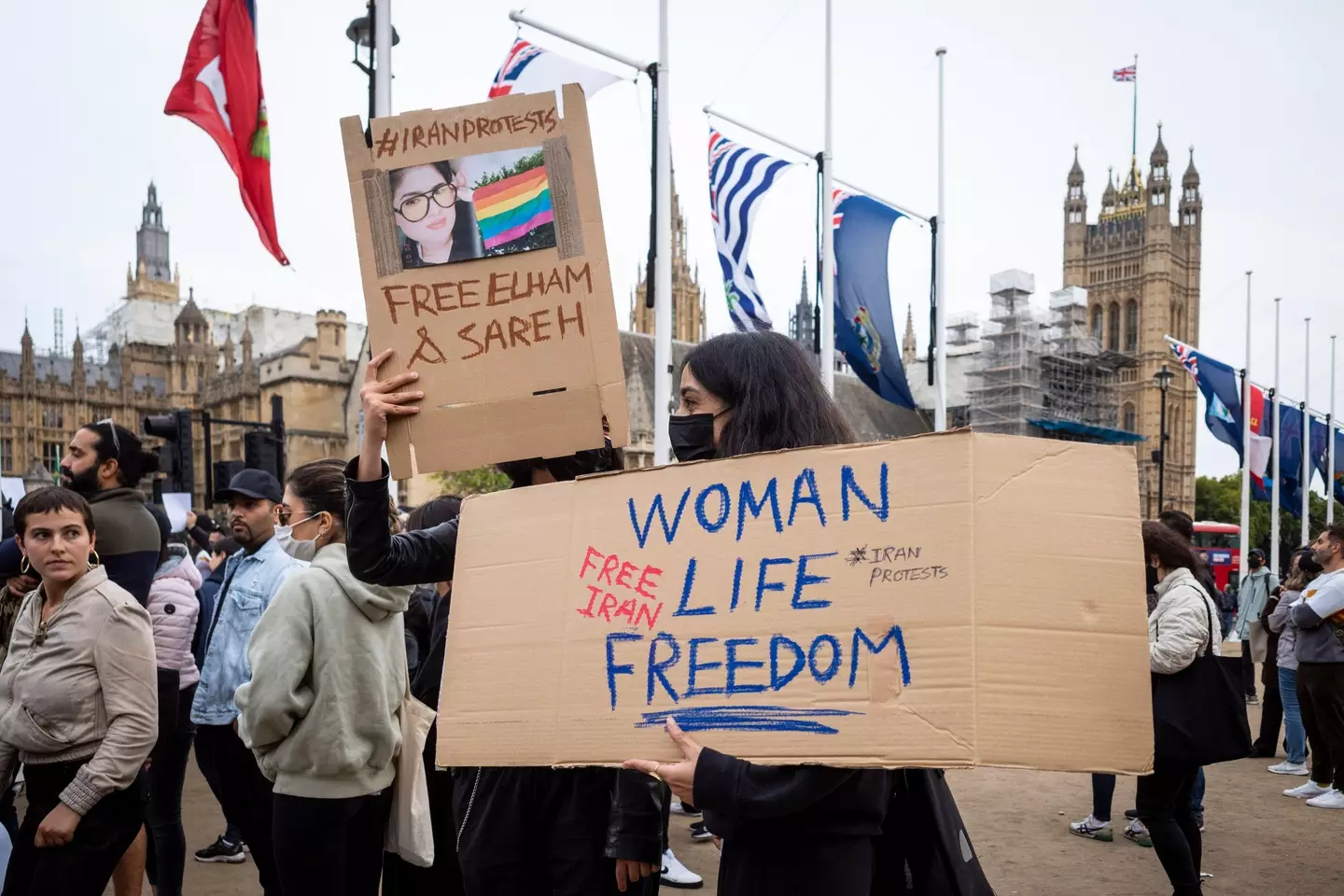
Even in my youth, I instinctively knew what being a female in the Islamic Republic of Iran entailed. The older I grew, the harsher the restrictions became. Forget playing football on the streets, I was no longer allowed to talk to boys in public. For me, an energetic fun-loving tom-boy, these restrictions were suffocating.
As I’m writing this from the UK, where I am afforded a multitude of freedoms denied to my Iranian sisters, the authorities of the Islamic republic are reportedly shooting live ammunition into crowds of protestors. Brave men and women are risking their lives for a right we take for granted every day in the West.
Whether this is a movement that can change everything, or at the very least lead to the abolition of mandatory hijab, only time can tell. But the extraordinary persistence the Iranian people are demonstrating has shown the world that they do not want the oppressive Islamic regime; that Iran is populated by Mahsa Aminis.
And that they have had enough.
If you have a story you want to tell, send it to UNILAD via [email protected]
Topics: News, World News, Politics, Iran
